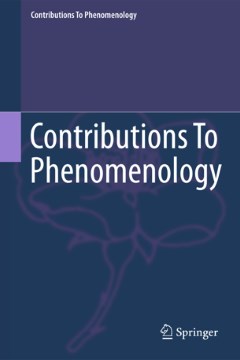Nature, art, and the primacy of the political
reading Taminiaux with Merleau-Ponty
pp. 219-232
Abstrakt
In much of his later work, such as Le théâtre des philosophes of 1995, and perhaps most succinctly in his essay "Was Merleau-Ponty on the Move from Husserl to Heidegger?" of 2008, Taminiaux acknowledges the inspiration of Hannah Arendt's concern for the lifeworld as a realm of shifting appearances and of human heterogeneous plurality and interlocutory political praxis. He traces Arendt's insights back to Husserl's late concern for the lifeworld, as well as to Aristotle, insofar as the Stagirite, in disagreement with Plato, recognizes the autonomous intellectual excellence of phronêsis (as indispensable to fully developed moral action), and also understands tragic drama in its political importance as a mimêsis of action itself (rather than of character) and as accomplishing an intrinsic purification (katharsis) of the powerful passions that it arouses, such as pity and terror. As the title of the 2008 essay indicates, and as Taminiaux acknowledges, however, Merleau-Ponty's thought also plays a major role in this intellectual nexus.
Publication details
Published in:
Fóti Véronique, Kontos Pavlos (2017) Phenomenology and the primacy of the political: Essays in honor of Jacques Taminiaux. Dordrecht, Springer.
Seiten: 219-232
DOI: 10.1007/978-3-319-56160-8_13
Referenz:
Fóti Véronique (2017) „Nature, art, and the primacy of the political: reading Taminiaux with Merleau-Ponty“, In: V. Fóti & P. Kontos (eds.), Phenomenology and the primacy of the political, Dordrecht, Springer, 219–232.




